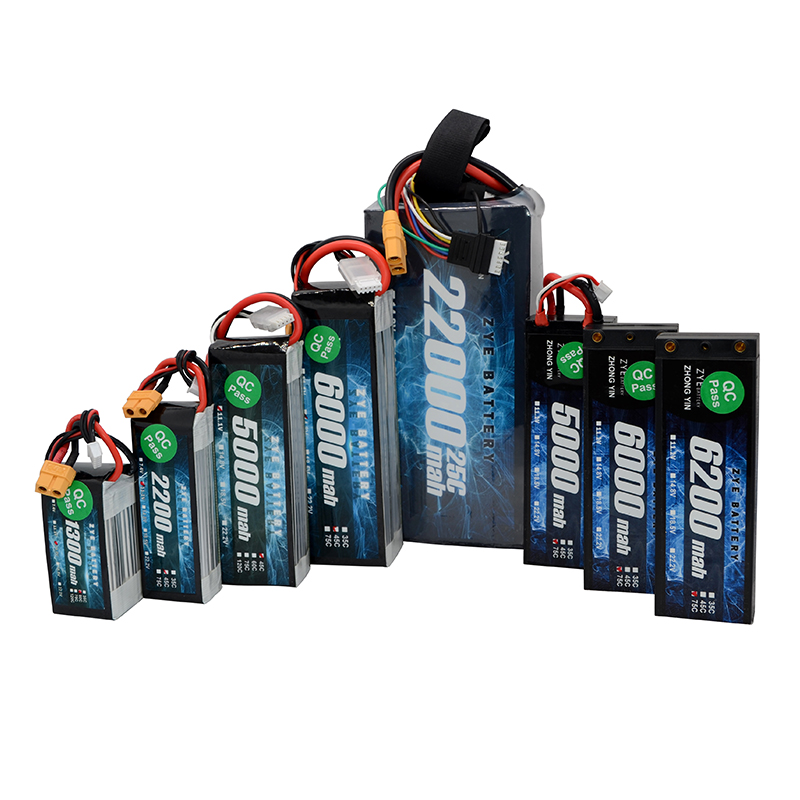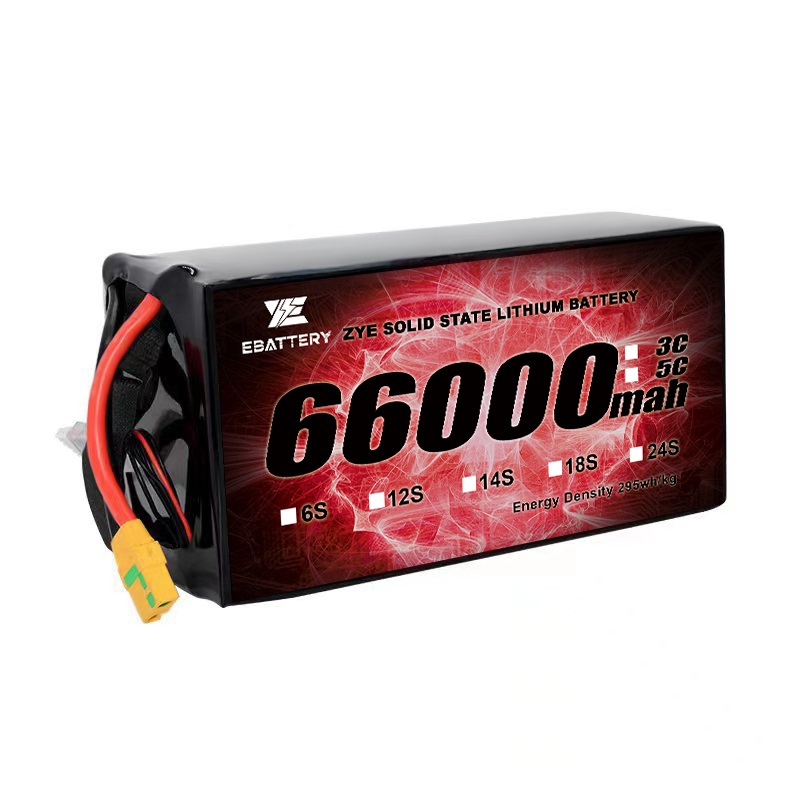How to charge multiple lipo batteries?
2025-09-01
Lithium Polymer (LiPo) batteries are widely used in RC vehicles, drones, portable electronics, and hobbyist projects due to their high energy density and lightweight design.
This guide breaks down the process from pre-charging checks to post-charging care, ensuring you charge multiple LiPos efficiently and safely.
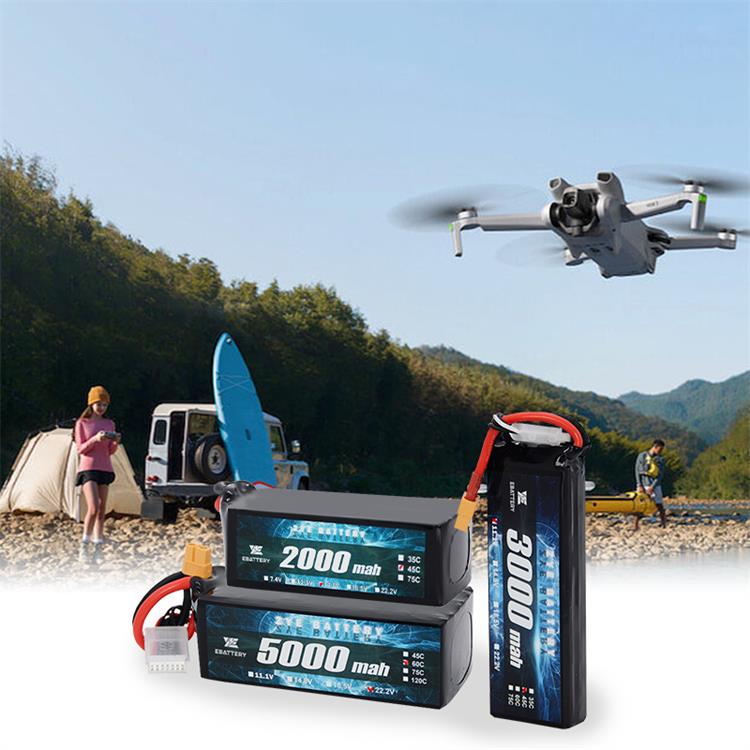
Three Safe Methods to Charge Multiple LiPo Batteries
The best method depends on your equipment, battery specs, and how quickly you need to charge. Below are the most common and reliable approaches, ordered by safety and ease of use.
Method 1: Parallel Charging (Most Popular for Hobbyists)
Parallel charging connects all batteries’ positive (+) terminals together and all negative (-) terminals together. This allows the charger to distribute current evenly across all batteries, charging them to the same voltage simultaneously.
What You’ll Need:
A LiPo charger with parallel charging support.
A parallel charging board (also called a "parallel adapter"): This board has multiple ports (e.g., XT60, Deans, Tamiya) to connect your batteries. Choose a board that matches your batteries’ connector types.
Balance leads (most LiPo batteries have a small balance connector, e.g., JST-XH for cell-level charging).
Method 2: Series Charging
Series charging connects batteries in a chain: the positive (+) terminal of one battery to the negative (-) terminal of the next. This increases the total voltage while keeping capacity the same.
What You’ll Need:
A LiPo charger that supports high cell counts (e.g., up to 6S or 8S).
Series charging cables (or DIY cables with matching connectors—ensure they’re rated for high current).
A balance charger (critical for series charging, as it ensures each cell charges evenly).
Method 3: Using a Multi-Port LiPo Charger
If you want to avoid parallel/series boards, a multi-port LiPo charger is the easiest option. These chargers have 2–6 built-in ports, each capable of charging a LiPo battery independently. They automatically adjust current and voltage for each battery, eliminating the need for adapters.
What You’ll Need:
Individual balance leads for each battery (most multi-port chargers have built-in balance ports).
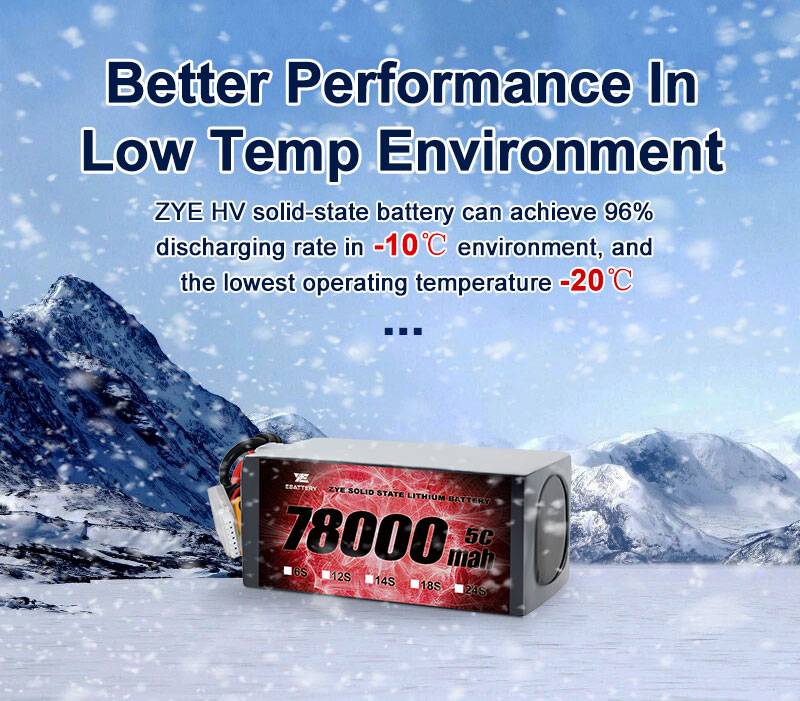
Post-Charging Care: Extend Battery Life
Proper care after charging ensures your LiPo batteries last longer (2–3 years with good maintenance) and remain safe.
Disconnect Batteries Promptly
Once a battery is fully charged (charger shows "Full" or beeps), disconnect it immediately. Leaving fully charged LiPos connected to the charger can cause overcharging, especially if the charger’s balance function malfunctions.
Store Batteries at the Correct Voltage
For long-term storage (more than 1 week), discharge or charge LiPos to 3.8V per cell. Storing batteries at full charge (4.2V per cell) causes permanent cell damage, while storing them at low charge (below 3.0V per cell) can lead to cell reversal. Most LiPo chargers have a "Storage Mode" that automatically adjusts the voltage.
Label Batteries for Tracking
Use a marker or sticker to note each battery’s:
Purchase date.
Number of charge cycles.
Last charge date.
This helps you identify old or worn-out batteries that need replacement.
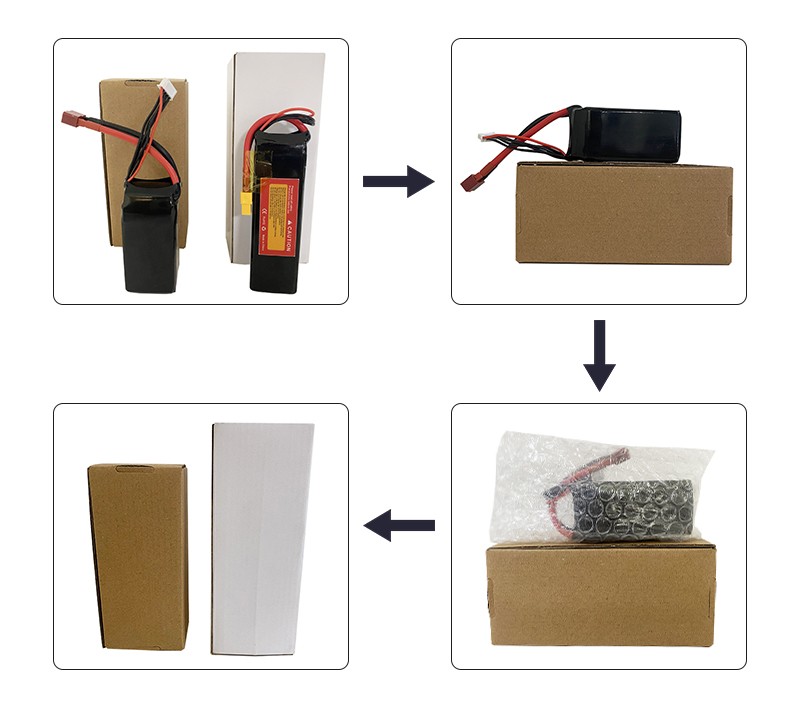
Dispose of Damaged Batteries Safely
Never throw swollen, punctured, or dead LiPo batteries in the trash—they are classified as hazardous waste. Check local guidelines: many cities have electronic waste recycling programs, or hobby shops may accept old LiPos for proper disposal. To discharge a dead battery safely, connect it to a low-current load until the voltage drops to 0V.
If you have any questions about battery care or are looking for high quality lipo battery solutions, please feel free to contact us at coco@zyepower.com. We're here to help you power your projects safely and efficiently.























































